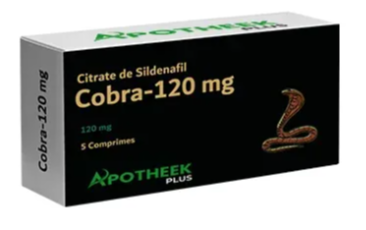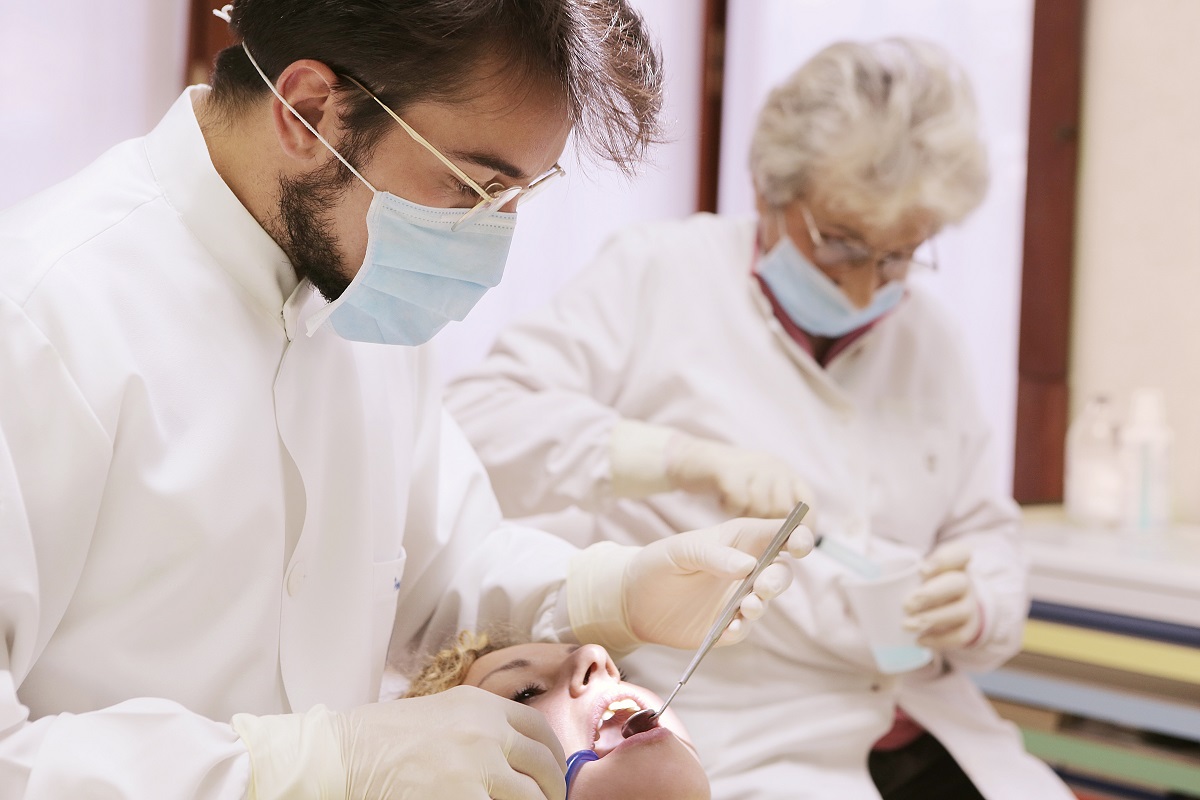The Emergency Department (ED) is a crucial component of any healthcare system, providing immediate medical attention for patients with severe injuries or illnesses. Handling critical situations in the ED requires a coordinated approach involving skilled healthcare professionals, advanced medical technology, and efficient protocols. This article explores the various aspects of managing critical situations in the emergency department, from initial assessment to treatment and follow-up care.
The Role of the Emergency Department
Immediate Medical Attention
The primary role of the ED is to provide immediate care to patients with acute medical conditions. This includes stabilizing patients, diagnosing their conditions, and initiating treatment.
Key Functions of the ED
- Triage: Prioritizing patients based on the severity of their condition.
- Stabilization: Providing life-saving interventions to stabilize patients.
- Diagnosis: Conducting tests and evaluations to diagnose the patient’s condition.
- Treatment: Administering appropriate treatments to address the patient’s immediate medical needs.
Multidisciplinary Team
The ED team comprises various healthcare professionals, each playing a vital role in patient care.
Team Members
- Emergency Physicians: Lead the medical team, make critical decisions, and provide treatment.
- Nurses: Perform triage, administer medications, and provide patient care.
- Paramedics: Provide pre-hospital care and transport patients to the ED.
- Specialists: Surgeons, cardiologists, and other specialists are consulted as needed.
- Support Staff: Radiologists, lab technicians, and administrative personnel assist in patient care.
Handling Critical Situations
Triage and Initial Assessment
Triage is the process of determining the priority of patients’ treatments based on the severity of their condition.
Triage Process
- Assessment: Nurses assess patients’ vital signs, symptoms, and medical history.
- Categorization: Patients are categorized into levels of urgency (e.g., immediate, urgent, non-urgent).
- Resource Allocation: Resources are allocated to ensure that the most critical patients receive immediate attention.
Stabilization of Patients
Stabilizing patients involves addressing life-threatening conditions to prevent deterioration.
Stabilization Techniques
- Airway Management: Ensuring the patient’s airway is clear and providing oxygen or mechanical ventilation if needed.
- Circulatory Support: Administering fluids, medications, and performing CPR or defibrillation if necessary.
- Bleeding Control: Applying pressure, sutures, or surgical interventions to control bleeding.
- Pain Management: Providing analgesics and other medications to manage pain and discomfort.
Diagnostic Testing
Accurate and rapid diagnosis is essential for effective treatment.
Common Diagnostic Tests
- Blood Tests: Evaluate blood chemistry, cell counts, and markers of infection or organ dysfunction.
- Imaging Studies: X-rays, CT scans, MRIs, and ultrasounds provide detailed images of internal structures.
- Electrocardiograms (ECGs): Assess heart function and detect abnormalities like arrhythmias or heart attacks.
Treatment Protocols
Once a diagnosis is made, appropriate treatment protocols are initiated.
Treatment Interventions
- Medications: Administering antibiotics, antivirals, anticoagulants, and other drugs.
- Surgical Procedures: Emergency surgeries for conditions like appendicitis, trauma, or internal bleeding.
- Specialized Care: Involving specialists for conditions like stroke, heart attack, or severe infections.
Communication and Coordination
Effective communication and coordination among the ED team are crucial for managing critical situations.
Communication Strategies
- Team Huddles: Regular briefings to discuss patient status and treatment plans.
- Clear Documentation: Accurate and detailed documentation of patient care and progress.
- Interdisciplinary Collaboration: Coordinating with specialists, radiologists, and lab technicians for comprehensive care.
Specialized Care in the ED
Trauma Care
Trauma patients require immediate and specialized care to manage their injuries.
Trauma Protocols
- Advanced Trauma Life Support (ATLS): A standardized approach to managing trauma patients.
- Rapid Assessment: Quick evaluation of airway, breathing, circulation, and neurological status.
- Surgical Interventions: Emergency surgeries to address internal bleeding, fractures, or organ damage.
Cardiac Emergencies
Managing cardiac emergencies involves prompt recognition and treatment of heart-related conditions.
Cardiac Care Protocols
- Chest Pain Protocols: Immediate assessment and treatment of patients presenting with chest pain.
- STEMI Protocols: Rapid identification and treatment of ST-elevation myocardial infarction (STEMI).
- Cardiac Arrest Management: Advanced Cardiac Life Support (ACLS) protocols for resuscitating cardiac arrest patients.
Stroke Management
Early intervention is critical for improving outcomes in stroke patients.
Stroke Protocols
- Stroke Scale Assessment: Using tools like the National Institutes of Health Stroke Scale (NIHSS) to assess stroke severity.
- Imaging Studies: Immediate CT or MRI to differentiate between ischemic and hemorrhagic stroke.
- Thrombolytic Therapy: Administering clot-busting drugs for ischemic stroke patients within a specific time window.
Technological Advancements in the ED
Point-of-Care Testing
Point-of-care testing allows for rapid diagnosis and treatment decisions.
Examples of Point-of-Care Testing
- Blood Glucose Monitoring: Immediate assessment of blood sugar levels in diabetic emergencies.
- Rapid Blood Tests: Quick evaluation of cardiac markers, electrolytes, and other critical parameters.
- Portable Ultrasound: Bedside imaging for assessing internal injuries and conditions.
Telemedicine
Telemedicine enhances patient care by providing remote access to specialists and resources.
Telemedicine Applications
- Remote Consultations: Enabling specialists to provide input on complex cases.
- Tele-radiology: Allowing radiologists to interpret imaging studies remotely.
- Tele-stroke Programs: Facilitating rapid assessment and treatment of stroke patients in rural or underserved areas.
Advanced Monitoring Systems
Advanced monitoring systems provide continuous data on patients’ vital signs and condition.
Monitoring Technologies
- Wireless Monitors: Continuous monitoring of heart rate, blood pressure, and oxygen saturation.
- Wearable Devices: Tracking patient movement, respiratory rate, and other parameters.
- Centralized Monitoring: Integrating data from multiple monitors for comprehensive patient assessment.
Challenges in the Emergency Department
Overcrowding
Overcrowding in the ED can hinder patient care and lead to longer wait times.
Strategies to Manage Overcrowding
- Triage Efficiency: Improving triage processes to quickly identify and prioritize critical patients.
- Streamlined Processes: Reducing bottlenecks in patient flow through efficient resource allocation.
- Alternative Care Options: Utilizing urgent care centers and telemedicine for non-critical cases.
Resource Allocation
Ensuring adequate resources are available for critical care is a constant challenge.
Resource Management
- Inventory Control: Keeping track of essential supplies and medications.
- Staffing Levels: Ensuring sufficient staff coverage, especially during peak times.
- Funding and Support: Securing funding for advanced technology and infrastructure improvements.
Patient and Family Communication
Communicating effectively with patients and their families is essential but challenging in the fast-paced ED environment.
Communication Strategies
- Clear Information: Providing clear and concise information about the patient’s condition and treatment plan.
- Empathy and Support: Offering emotional support and addressing concerns compassionately.
- Regular Updates: Keeping families informed about the patient’s progress and any changes in their condition.
Training and Education for ED Staff
Continuous Education
Ongoing training is crucial for ED staff to stay updated on the latest medical advancements and protocols.
Educational Programs
- Simulation Training: Using simulated scenarios to practice and refine skills.
- Continuing Medical Education (CME): Regular courses and seminars to update knowledge and skills.
- Interdisciplinary Training: Collaborative training sessions involving various healthcare professionals.
Stress Management
Working in the ED can be highly stressful, making stress management essential for staff well-being and performance.
Stress Reduction Techniques
- Mindfulness and Meditation: Practices to reduce stress and improve focus.
- Support Systems: Access to counseling and peer support groups.
- Healthy Work Environment: Promoting a supportive and healthy work environment to reduce burnout.
The emergency department is a critical component of the healthcare system, providing immediate and life-saving care to patients with severe injuries and illnesses. Handling critical situations in the ED requires a multidisciplinary approach, advanced technology, and efficient protocols. Despite the challenges of overcrowding, resource allocation, and communication, the dedication and expertise of ED staff ensure that patients receive the best possible care. Continuous education, technological advancements, and effective stress management are key to maintaining high standards of care in this demanding environment. By prioritizing patient and family support, the ED can improve outcomes and enhance the overall patient experience.














